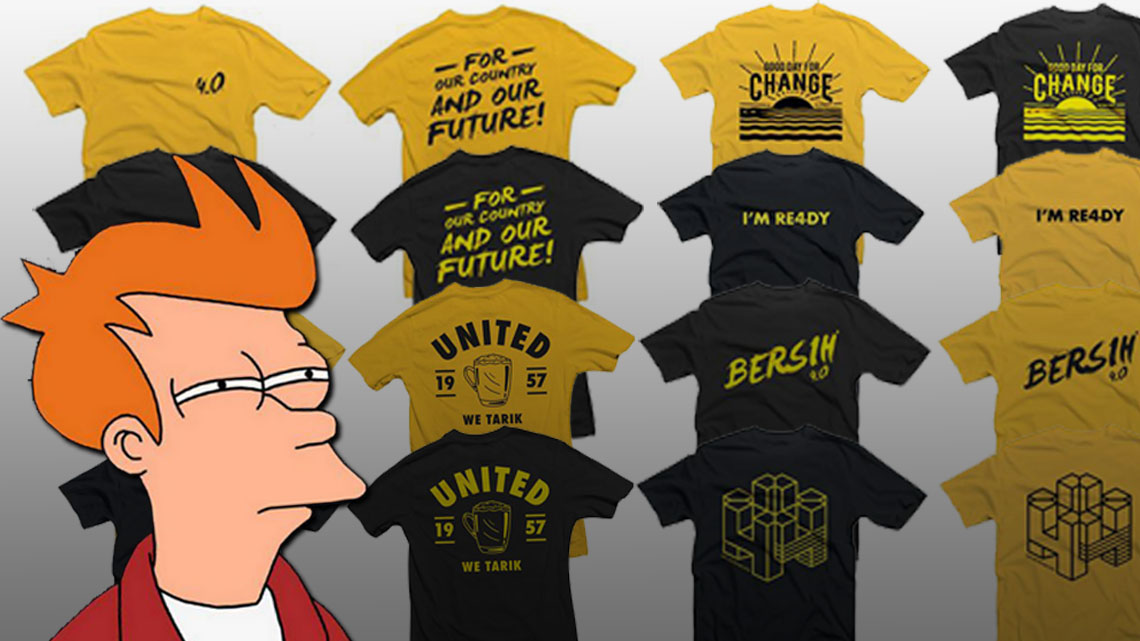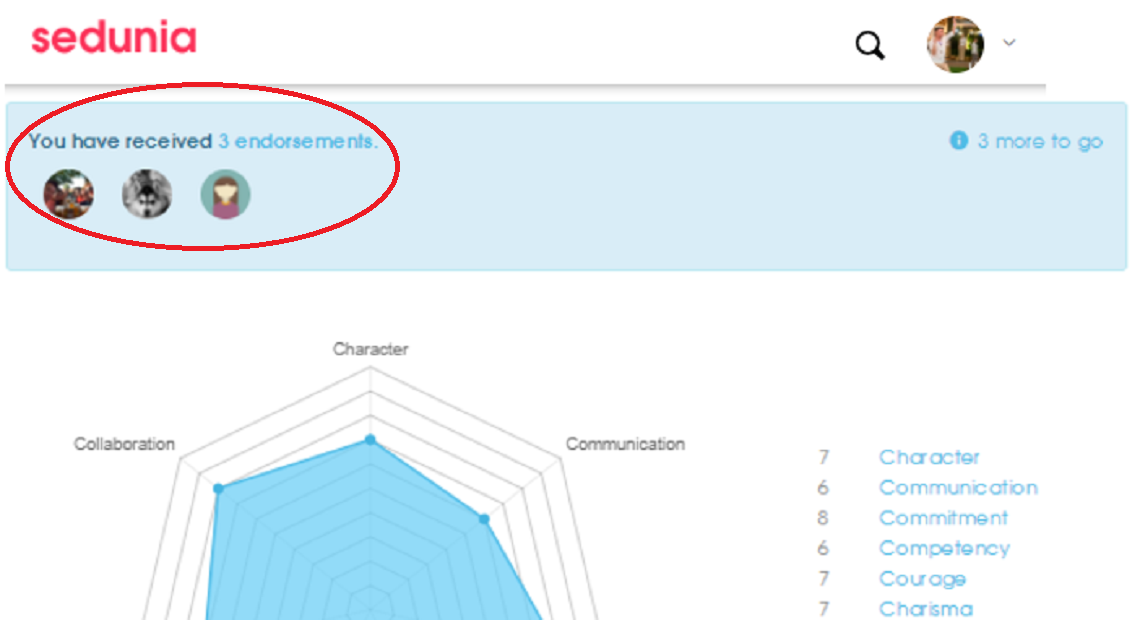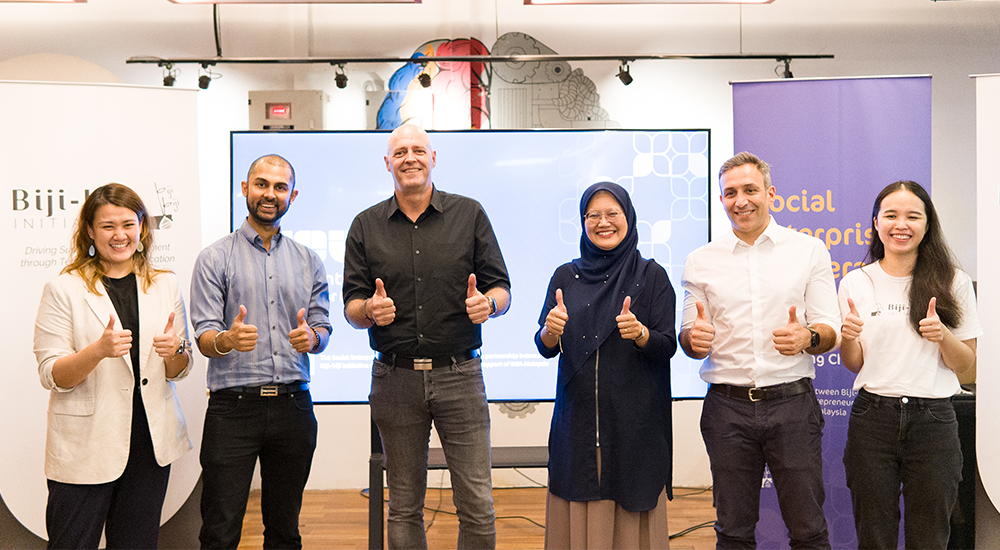5 young M’sian organisations that are making the world better :)
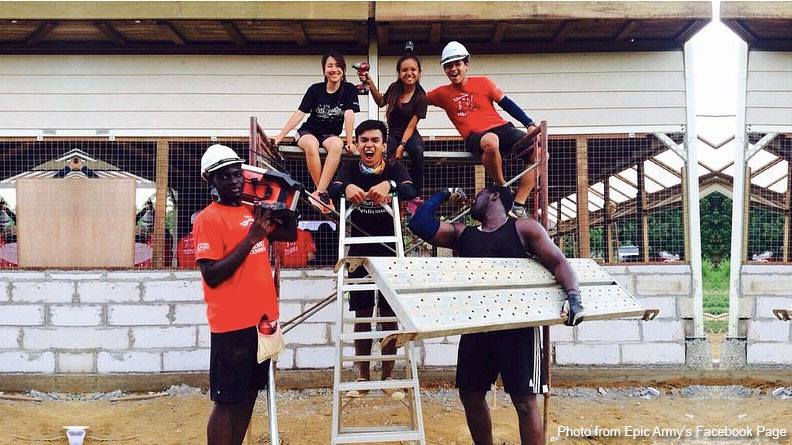
- 4.6KShares
- Facebook4.6K
- Twitter3
- WhatsApp8
Ever feel the need to make a difference in life, but are afraid of failing? *raises hand* Thankfully, the founders of these few organisation took the plunge when none of us dared. These organisations are dedicated to making a change in someone else’s life by focusing on various factors like poverty and healthcare. What’s even better, they are run by young Malaysians (or a team with the average age of) 30 and below!
Over the past year, ugaiz might have already heard about Teach For Malaysia (which, like its name, focuses on reducing education inequality by sending teachers to high-need schools) and The Nasi Lemak Project (which feeds the poor, but have evolve to so much more). Here are a few other organisation too that ugaiz should know about…
1. The ones providing healthcare to the poor
Organisation: Hospital Beyond Boundaries (HBB)
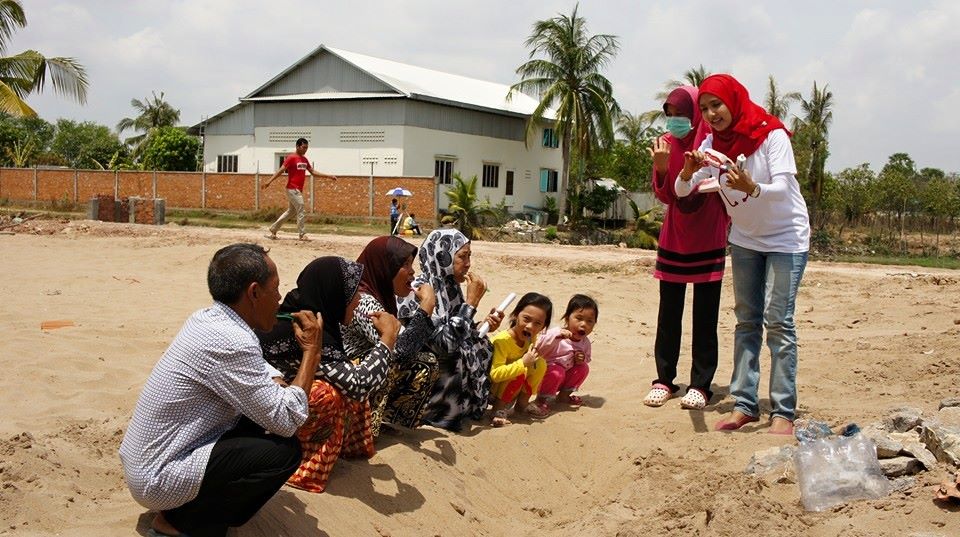
The idea for HBB came when Dr. Lutfi, the Executive Director of HBB, had an accident which robbed him temporarily of his sense of balance and ability to walk, and at the same time, left him with a permanent ringing in his ear.
“People always tell me to graduate as a doctor first, get my masters, become a specialist, and THEN you can start contributing back to society.
Being robbed off basic human ability such as walking was like a smack in the head, and it made me realize that life can be short. So hell with it, I am starting my own NGO at the age of 25.” – Dr Lufti tells CILISOS
He also believes that poverty and illness always come hand in hand, while tackling one solves the other…. a sentiment similar to those mentioned by the World Health Organisation as poverty forces people to live in environment that make them sick. This is one of the reasons why HBB chose to build a clinic for the Cham community in Cambodia. The Cham community are an ethnic minority in a country where decades of war and internal conflict have left it as one of the world’s poorest country.
“They’re (Cham Community) very secluded in their own community and the biggest problem there concerns mother and child health.” – Dr Lufi in an interview with The Edge
So HBB decided to build the hospital using a social business model. This means that the profit from every 3 paying patients will be used to subsidise the bill of one patient who cannot afford the treatment. While in Malaysia, HBB focuses on giving talks or raising funds to make Malaysians more aware of the poorer communities in other nations.
How can you help?
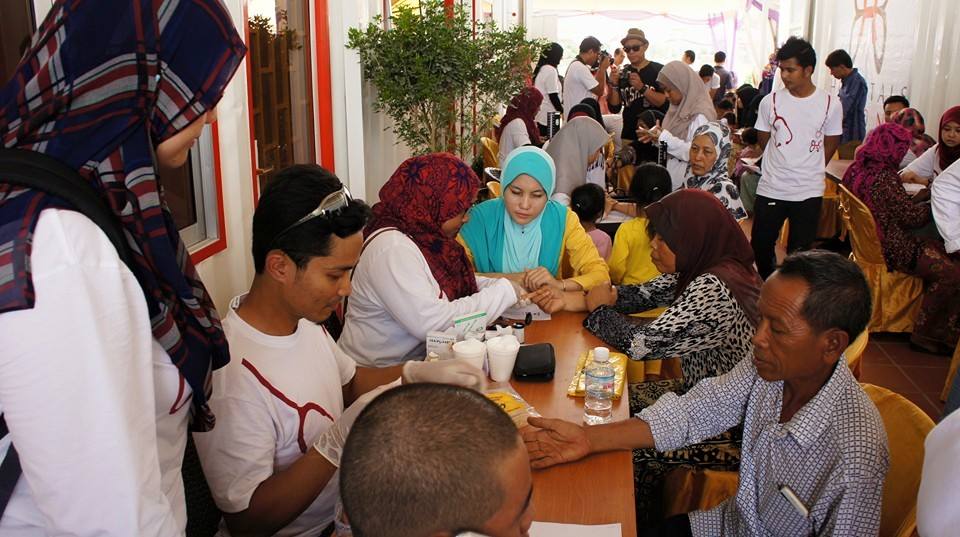

HBB has a bi-annual volunteer trip to Cambodia, so tune in to their FB page and website for the announcement. You don’t need to have medical knowledge to apply since all volunteers will be given training. HBB will train in first aid, taking blood pressure and other basic medic stuff. However, because their NGO is still small, they don’t need volunteers all year round.
The clinic is actually staffed by locals with a paid salary, because that is where the real impact happen: providing job opportunities for the local community and ensuring that the community would feel more at home when treated by their own local people.
This doesn’t mean they don’t need help, ugaiz can instead help them raise funds for their clinic in Cambodia or give them a general donation. This will help HBB buy the resources needed to achieve their goals. They give talks as well, so ugaiz can invite HBB to your event, to give them an avenue to spread their cause.
“We see Cambodia as a pilot project, and when successful, we can replicate it throughout Southeast Asia and perhaps one day across the world.” – Dr Lufti tells CILISOS
2. The ones building homes for those without
Organisation: EPIC Homes
City kids probably cannot imagine living in a home that doesn’t have an internet connection much less one not made out of concrete bricks. However in some parts of Malaysia, this is what some call their home.
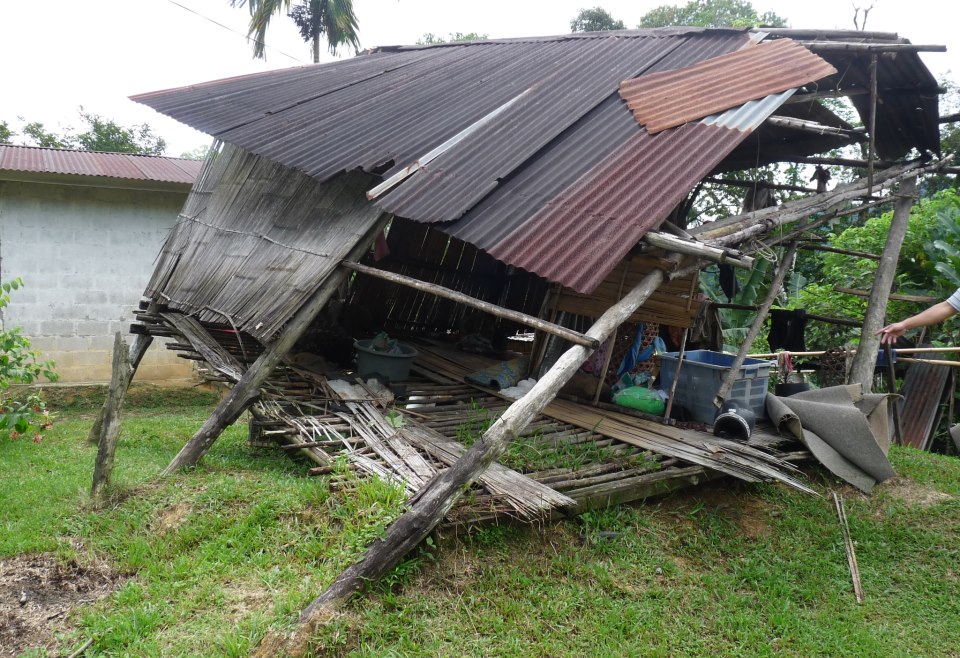
Enter EPIC Homes, a young NGO with an epic goal to build homes for those who need one. So far, they’ve built 71 homes in Peninsular Malaysia!
“Without people and relationships a house is nothing but a shell.” – from Epic Home’s website
Perhaps, this is why people believe that at times a house is not a home. EPIC Home’s origins as a project started in 2010, but was formally formed in 2012, where they focused on the Orang Asli in Malaysia. However as time passed…
“We felt that the vision should not just be for the Orang Asli but for all, and are working towards developing a method that would allow anyone from any background to build for their community.
It’s not that we alone are to build all these homes, but together with others we can inspire extraordinary people to impact their communities and create a sustainable society in the process.” – EPIC Homes tells CILISOS

How can you help?
“Our organisation aims to give regular people the opportunity to give back to communities in a meaningful way. To do so, we have created a system where ordinary people with no construction or engineering background can build a home in 3 days after undergoing a hands-on workshop at our headquarters.” – EPIC Homes tells CILISOS
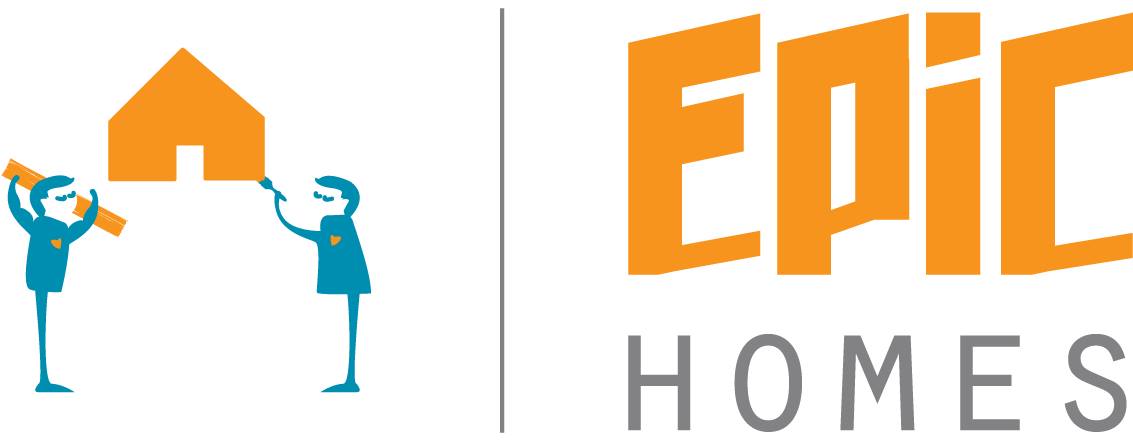
EPIC Homes will make the announcement about the build dates for volunteers to sign up via their Facebook and websitepage. Then, the volunteers will have to go thru a Builder Training Programme before the actual building can begin. (Come on, ugaiz cannot expect to be entrusted with a jackhammer before any training right?)
Then, for 3 days (or more), 30 over volunteers will gather to build a house before giving it to the receiver. 🙂
So who then pays for the homes? Each builds are separated into 2 categories – public and private builds. The funds for public builds are obtained from donations, sponsorships and rolled-over funds from previous builds, but the cost of the 3-day event (accommodation, transportation and food expenses) are borne by the participants.
For private builds, they are organised and paid for by private entities like large corporations, leadership courses, college classes and even families. Sounds like a must-have social event now huh!
Don’t wanna get your hands dirty? You can instead donate or support a fundraiser! You can also help them identify a family that is in need of their help.

3. The ones traveling to rural areas to upgrade the community
Organisation: Project Whee!
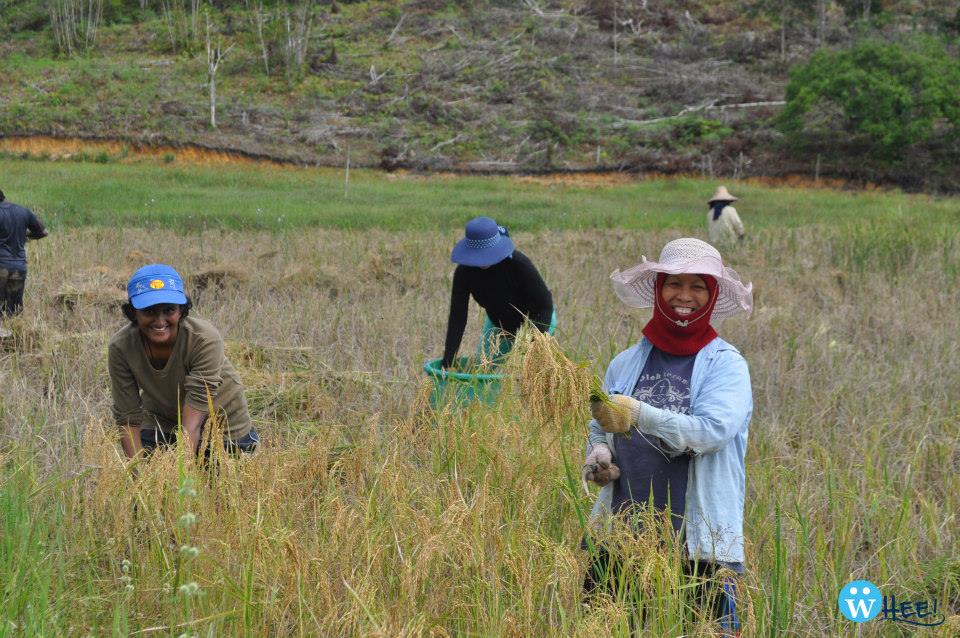
It isn’t everyday when someone willingly lets you into their life to follow them around. Growing up in the city, we miss out on a lot of outdoor activities. Furthermore it isn’t asking the youths to do the impossible, but merely to teach a language that they already know to someone else!
Project WHEE! was founded in May 2014 with a grant of RM50,000 from Dana Belia 1Malaysia, with funds from 1MDB. (Yes, that 1MDB.) This is a continuation of another project by eHomemakers, a Malaysian social enterprise.

The founder, Rhonwyn Hagedorn, 21 was interning for eHomemakers when she realised that women in Bario, Sarawak couldn’t fully benefit from the program being done to help them because they couldn’t understand English. She then roped in Daniel Devan, 21, and Lee Rui Ci, 20 as coordinators of the project when she realised that she couldn’t handle everything on her own.
So enter Project WHEE!, where participants are assigned to shadow local Kelabit women to help them learn English. To be honest, the project has progressed so much that they are no longer just an English-teaching programme, but a rural community development programme. They engage youths to be a part of a sustainable development of a community, where they’d work with locals in everyday situations. The youths have also taught the local women environmental hacks (i.e. batch 7 participants taught the locals stuff like garbage enzyme and Isang Litrong Liwanag (Litre of Light)).
How can you help?
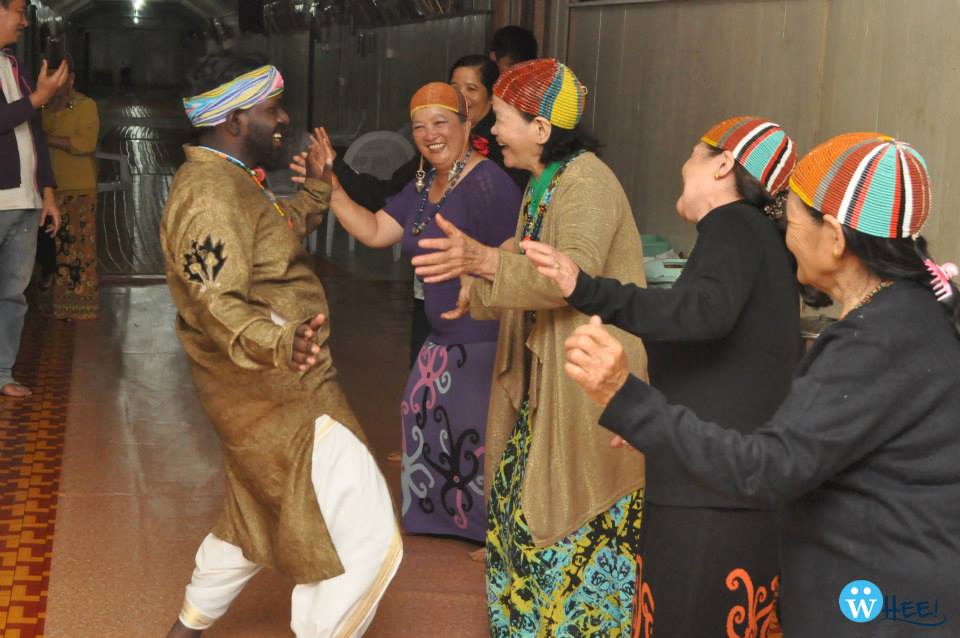
Project WHEE! participants will go to Bario, Sarawak for 22 days (in batches). You can get updates on their Facebook page for those dates. Participants will also need to pay for their trip, usually via fundraising. This sum would be inclusive of airfare, food and others. Money can be raised thru’ car wash, part-time jobs or donations… literally any method so long as it is legal. Project WHEE! will keep track and provide help to the participants throughout their fundraising journey.
“Many people think that fundraising RM3,500 is an impossible feat, but really, when you are driven to do something, nothing will stop you and our participants are testaments to that.” – Project WHEE! rep tells CILISOS
4. The ones with sustainable conservation solutions that actually make sense
Organisation: Animal Projects & Environmental Education (APE Malaysia)

“APE projects are run on the basis that we can never do enough for the future of endangered animals.” – from APE Malaysia’s website
Sun bears and orangutans are just some of the endangered animals in Malaysia. There are multiple reasons why, but that doesn’t mean we cannot do anything to help them. That’s where APE comes in – they’re a bunch of normal folks with a passion to develop a generation to care for environmental conservation and animal welfare in this day and age.
“The 21st century is witness to increased pressures on the earth’s natural resources and is calling out for a new approach which balances the needs of people and environment based on the principles of sustainability.” – APE Malaysia’s statement on hati.my
Among their programmes include the ‘Education Programme‘ which educates students aged 12-17. This is a 6-day programme that will educate students on wildlife biology, threats and contributions, the communities and their livelihoods in the rainforest. They’ll also get hands-on experiences while contributing directly to wildlife welfare, habitat restoration and community development. What better way to educate than to start them young?

How can you help?
There’s the Responsible Voluntering programme, which is like living a Steve Irwin dream. Here, volunteers can experience working alongside zookeepers, getting close with endangered animals, heck you can even make it a family bonding session! Sure there will be a fee to join these activities, hence why APE is a social enterprise and not an NGO. They need money to run their operations, as well as to make investments to improve the animals’ existing habitat.
If ugaiz aren’t the outdoorsy type of person, you can still help through sponsorship be it in goods or money.
For their responsible volunteering programme, some of their volunteers will be involved at the habitat restoration at the Lower Kinabatangan floodplains. If you’d really wanna know why Lower Kinabatang is worth saving, click here. Too long? CILISOS to the rescue with simplified facts!
According to WWF, in this part of Borneo, forests have been reduced to scattered pieces while endangered animals such as elephants have lost their natural homes. Flooding in the area has also intensified, which in turn means that more animals would be affected, and more help is needed from us.
5. The ones who wanna help NGOs raise funds… without spending unnecessarily
Organisation: The MAD Experience (MAD)
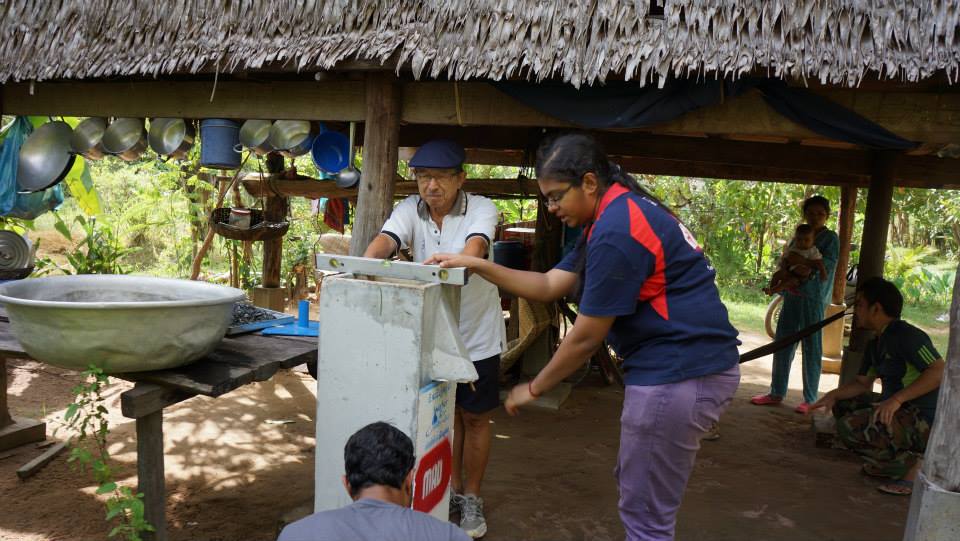
Have you ever thought about how generic fundraisers actually cost? Y’know with the gala dinners and the mobile booths in shopping malls… If a hotel dinner can cost up to RM1,800 per table of 10 pax in KL, you can roughly imagine how much a fundraiser would cost before they actually raise funds. So when a charity actually gets to minimise their spending significantly, it only means better news for those who actually need the money.
Enter MAD, a social business and the brainchild of Navin Muruga and Charu Agarwal, both 30 years old now.
“MAD’s role is fundraising, not implementation.” – Charu Agarwal, Co-Founder of MAD tells CILISOS
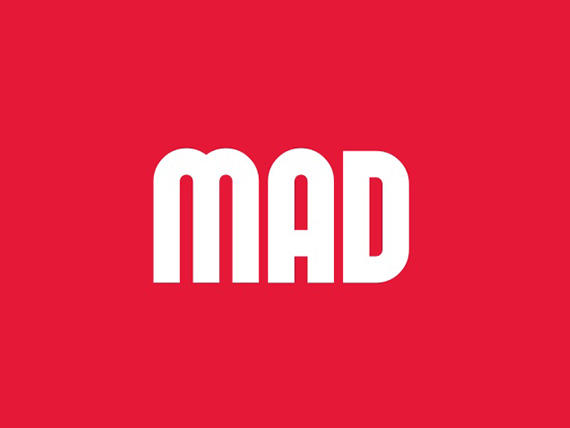
They’re kinda like the middleman between you and NGOs. MAD chooses an NGO to partner with, helps the NGO raise funds in the most cost-effective way, and only takes 10% of the total fundraising efforts as fee to their work. This 10% is used to sustain MAD’s operations, help it grow, and where possible, even used for other projects that need urgent funding.
“We’ve made it our mission to end poverty by empowering everyday people to fund and implement poverty alleviation projects through crowd fundraising and impact focused volunteering.” – MAD’s mission on hati.my
And just FYI, when people donate, their money goes directly into their partner’s bank account – not MAD’s. They also only get paid at the end of the fundraiser, as there are no up-front costs.
How can you help?
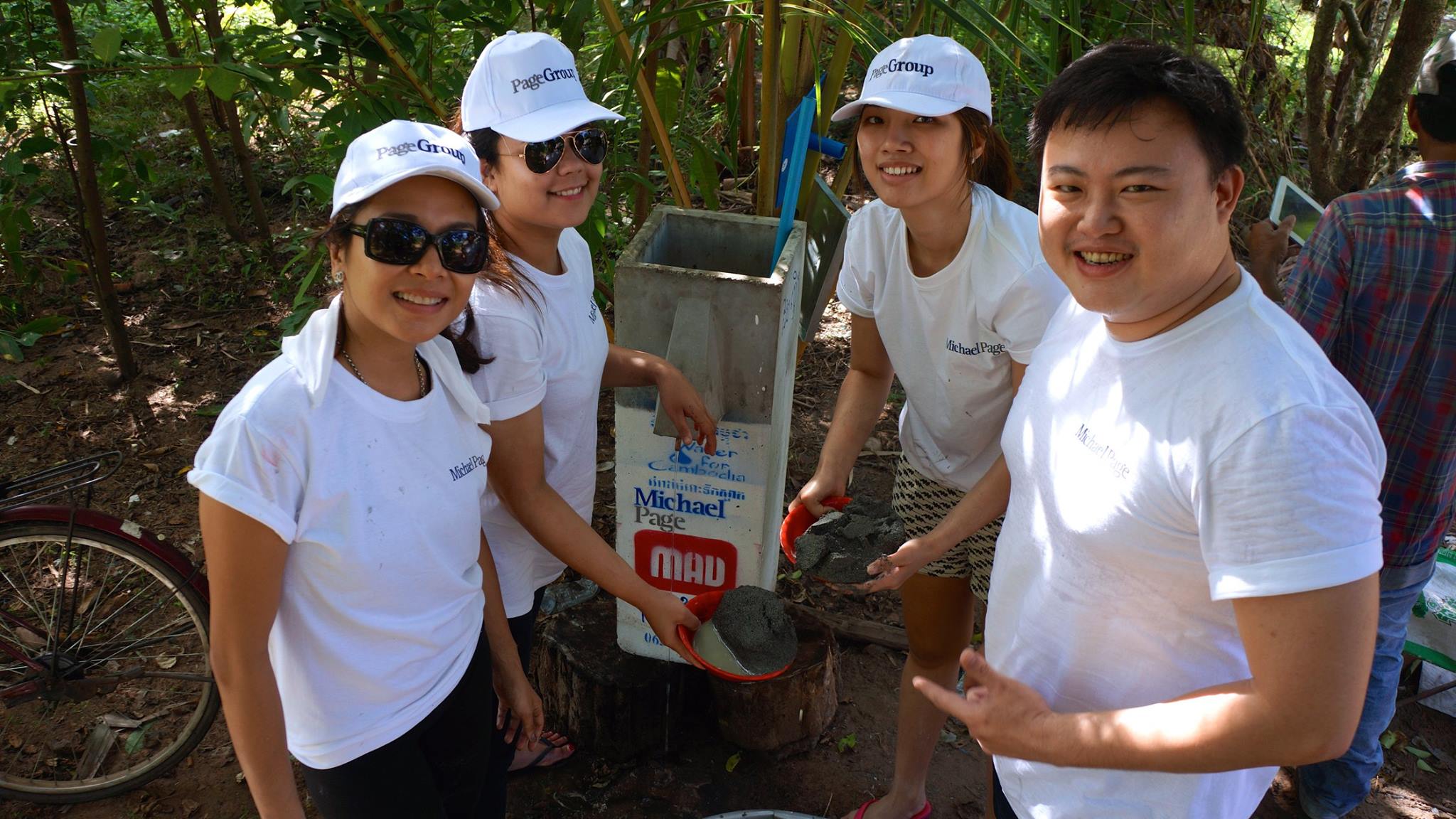
MAD is currently focusing on Cambodia. Just like any other donation drive, you can donate any amount that you wish. The organisation also allows you to follow them on trips to better understand how your donation is being used. So in order to follow the MAD team, you will have to raise at least USD300 to qualify. After that, there’s a RM380 fee which covers your essentials like meals and ground transportation while in Cambodia.
MAD even has a cost breakdown as to how their donations are being used. Can’t go on the trip? No worries – you’ll get pics and GPS coordinates once the project is completed.
Clean water should be a basic right to every human and yet some of these villagers still have no access to it. Sure, the projects conducted by MAD are not in Malaysia but the poorest of the poor should be given aid regardless of geography. 🙂
What are you waiting for?!
All these organisations (and a lot more out there) need our help to sustain and grow! Take for example, MAD’s achievements (like this and this) – despite that, they’re still having trouble being self-sustainable. One of the co-founders, Navin, even had to return to the corporate world and continue with MAD on a part-time basis.
“This is definitely not ideal and we’re working on a way to get Navin back to MAD full-time.” – MAD co-founder Charu tells CILISOS
It is understandable how some people are skeptical about how their donations are being used and if the charities are fraudsters just like some of these in front of Masjid Jamek. However, it shouldn’t be a valid reason to stop ugaiz from helping those that are really trying to make a difference. 🙂
- 4.6KShares
- Facebook4.6K
- Twitter3
- WhatsApp8

